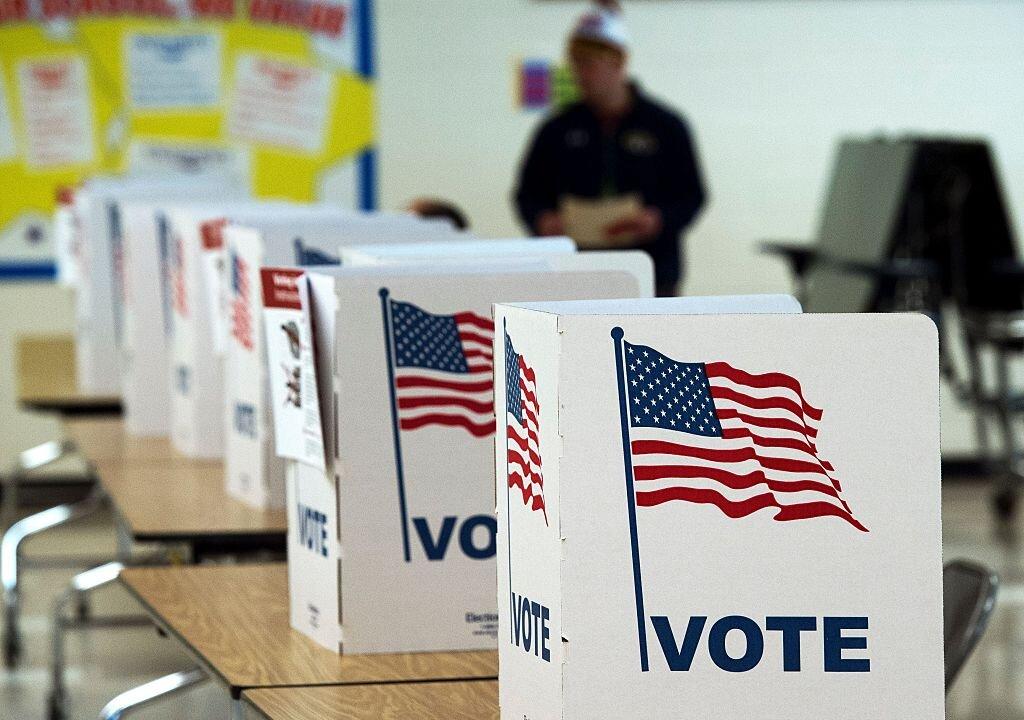We have been bombarded with the term “blue wave” for almost a year.
The narrative typically goes like this: The Democratic voters are much more enthusiastic than Republican voters going into the 2018 midterm elections. The blue voters will turn out in droves and teach President Donald Trump a lesson at the ballot box. The Democrats will not only take back the House, but also have a shot at flipping control of the Senate.




